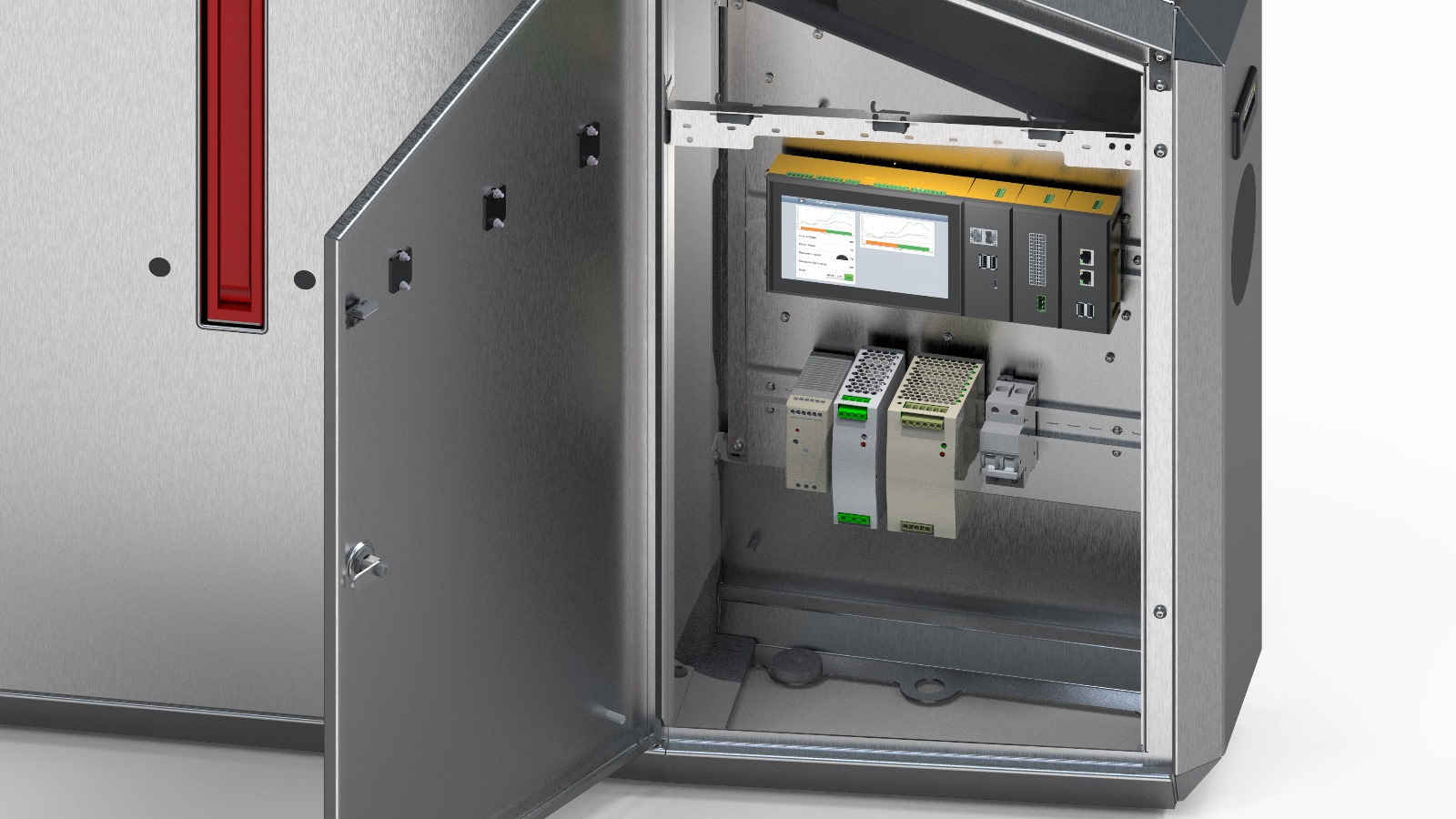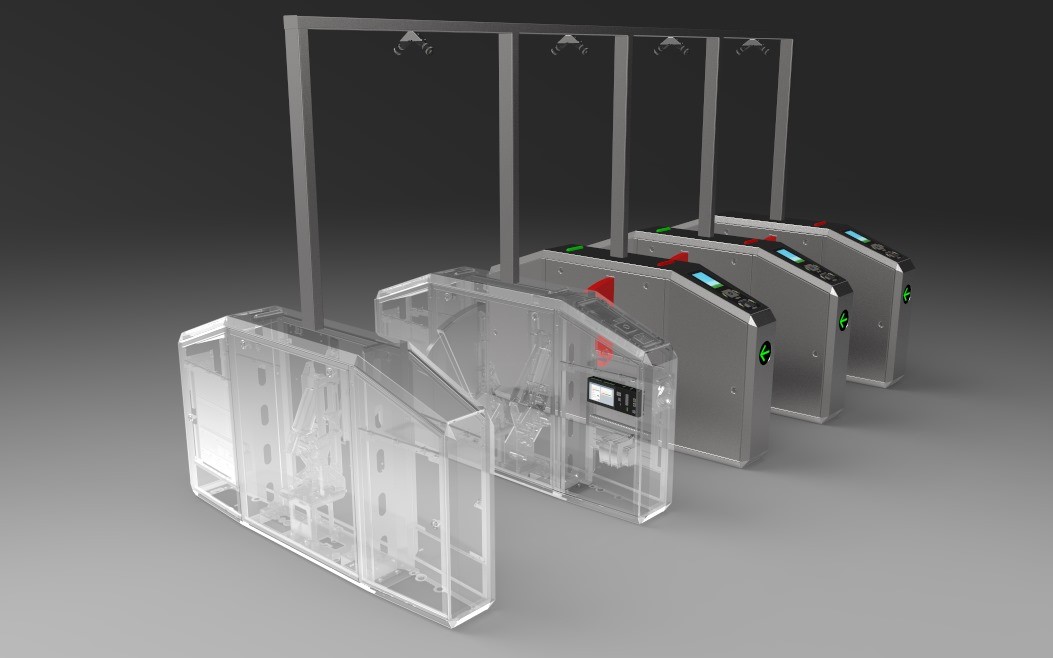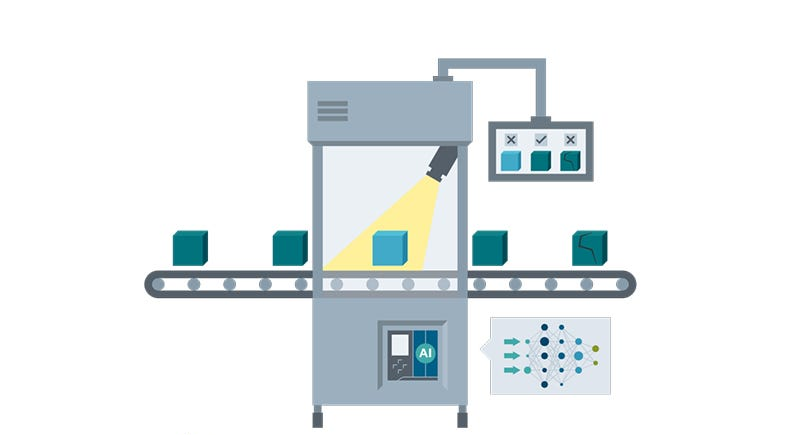Applications

Specific Use case: Intelligent Transportation Systems
Our proposed solution can manage access control algorithms that validate tickets or fare cards as commuters pass through fare gates. The Linux/Android system allows for quick integration with RFID, NFC technologies, or barcode scanners, essential for reading electronic tickets. It communicates with the gate mechanism on one side through the serial or other ports, can manage the optical sensors installed on the gate bode, and on the other hand it communicates with the card reader, barcode scanner and the UI display which are installed on the fare gates. Solid PAC provides enough ports and connectivity for all kinds of access control gates to be integrated with the control unit and the station computer. Since it has 2 ethernet connectivity, the operator is confident enough to handle the gate mechanism and connectivity to the local station computer and network through the device. In any case that the cable network is not available in the station then the cellular network or WiFi can be employed to provide the connectivity and transaction handling. Employing Solid PAC removes the need for using the industrial PC inside the access control gates which decrease the cost of the supply and maintenance significantly. Employing the AI capability of the AIPro and Solid PAC together, it is possible for us to introduce the new access control methods, for example by using the face detection camera and presence detection. Face detection can be used for the fare calculation and deduction. The presence detection can eliminate too many infrared sensors that currently are used in the mass transit automatic gates. We can use the digital cameras along with the AIPro or Solid PAC controller to train the computer inside to detect the presence of the human in the gate passage, removing the sensors decrease the cost of the system drastically. In the below figure we have shown the concept.

Imagine transforming public access control systems with AI. Using the system components including AIPro PAC and NCP, the operators can deploy advanced AI models to detect the presence of passengers at gate passages, replacing traditional infrared sensors with high-precision camera-based systems. This not only enhances accuracy and security but also simplifies system maintenance and reduces costs.

Training Phase: AI-Enabled Passenger Detection
The objective is to train the AI models in NCP using AIPro PAC and EdgeCam to accurately detect the presence of a passenger within the gate passage using video data from overhead cameras. Steps involved are as follows:
- Data Collection:
- Video Capture: Cameras installed above the gates continuously capture video footage of people crossing the gates.
- Data Storage: The video data is stored in a secure, accessible location for further processing.
- Data Preprocessing:
- Frame Extraction: Extract individual frames from the video footage.
- Annotation: Manually label frames to identify and mark the presence of passengers within the gate passage. This creates a training dataset with clear examples of the target behaviour.
- Model Training:
- Algorithm Selection: Choose appropriate machine learning algorithms (e.g., convolutional neural networks, object detection models) to train on the annotated data.
- Training Process: Input the pre-processed frames and their corresponding labels into the training algorithm. The AIPro PAC uses its computational power to learn patterns and features that distinguish a passenger’s presence in the passage.
- Validation and Testing: Split the dataset into training and validation sets to test the model’s accuracy. Adjust parameters and improve the model based on performance metrics.
- Model Deployment:
- Integration: Deploy the trained model onto the PAC. The PAC now processes live video feeds in real-time to detect passengers within the gate passage.
- Feedback Loop: Continuously refine the model using new data. If false positives or negatives occur, these can be annotated and used to further train and improve the model.
- System Operation:
- Real-Time Detection: The Solid PAC, now equipped with the trained AI model, replaces traditional infrared sensors. It accurately detects the presence of passengers inside the passage using only video data.
- Safety and Security: Ensure the system meets safety and security standards, providing reliable detection to prevent unauthorized access or safety hazards.
A metro operator, for example, can purchase a few AIPro PAC units along with the software service to train the system effectively. However, it is essential to purchase a Solid PAC for each automatic gate to control operations and load the trained models onto them.
Specific Use case: Anomaly Detection in the Production Lines
Anomaly detection in production lines involves identifying deviations from normal operations that could indicate problems such as defects, equipment malfunctions, or process inefficiencies. This application is crucial for maintaining high-quality standards and operational efficiency.

-
Integration with Sensors and Cameras:
- Sensors: Connect various sensors (e.g., temperature, vibration, pressure) to the AIPro PAC to collect real-time data from production equipment.
- Cameras: Use high-resolution cameras to capture visual data for quality control and process monitoring.
-
Data Processing and Analysis:
- Machine Learning Models: Develop and deploy machine learning models on NCP to analyze sensor and camera data for anomalies. data from production equipment.
- Real-Time Analysis: Utilize the processing power of the NVIDIA Jetson Orin NX 16G to perform real-time analysis and detect anomalies instantly.
-
Alerts and Notifications:
- Automated Alerts: Set up automated alerts and notifications to inform operators of detected anomalies.
- Predictive Maintenance: Schedule maintenance activities based on anomaly detection to prevent equipment failures and reduce downtime.
-
Continuous Learning:
- Model Refinement: Continuously refine and improve the anomaly detection models using new data to enhance accuracy and reliability.
- Feedback Loop: Implement a feedback loop where detected anomalies are reviewed, and the models are updated accordingly.
